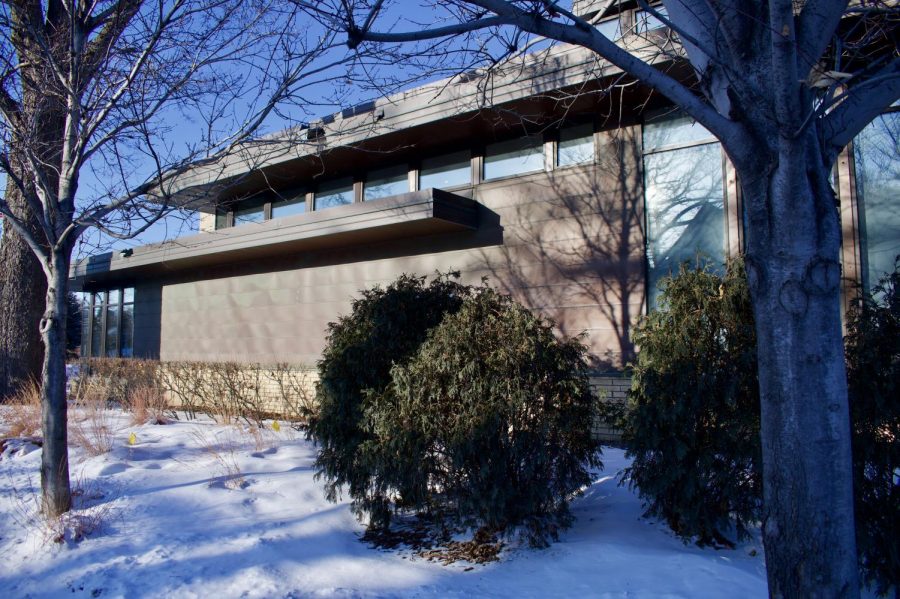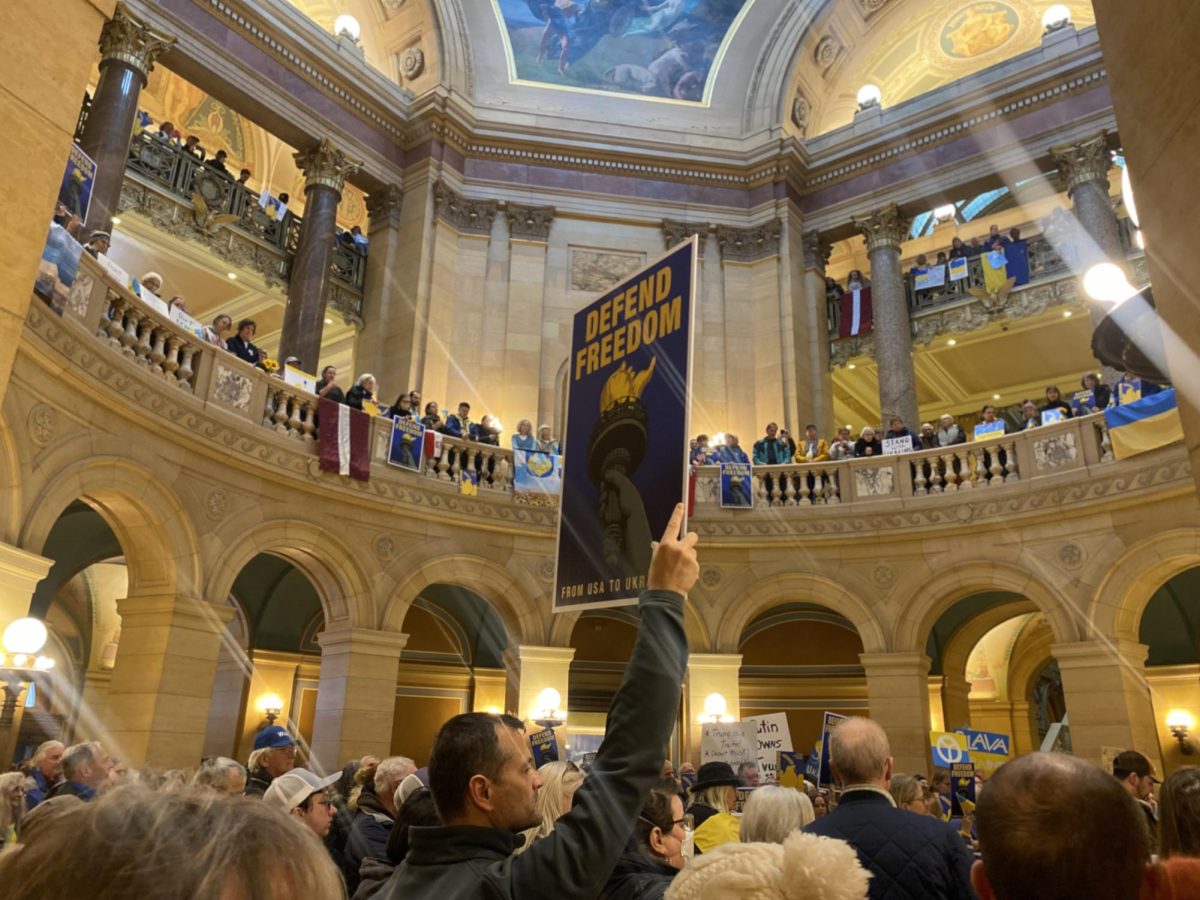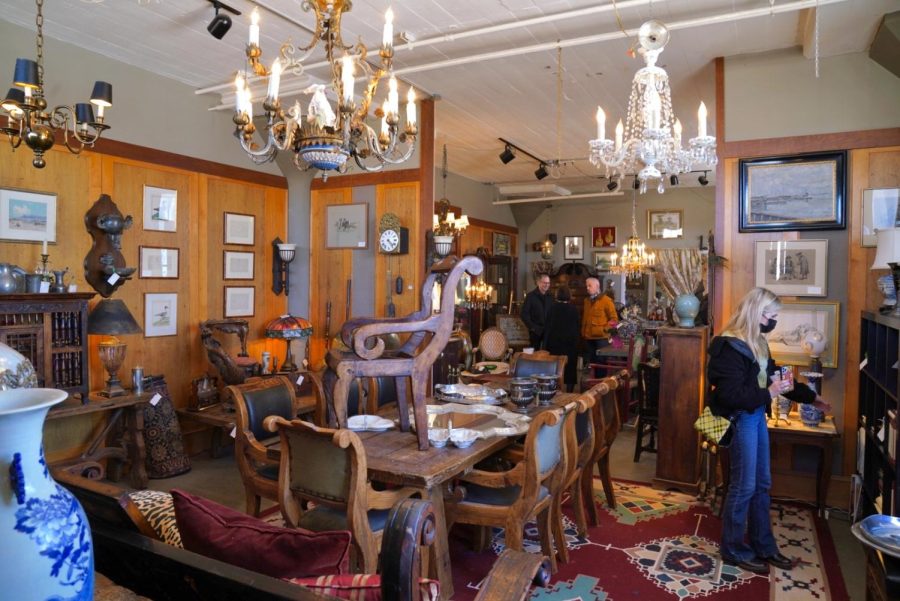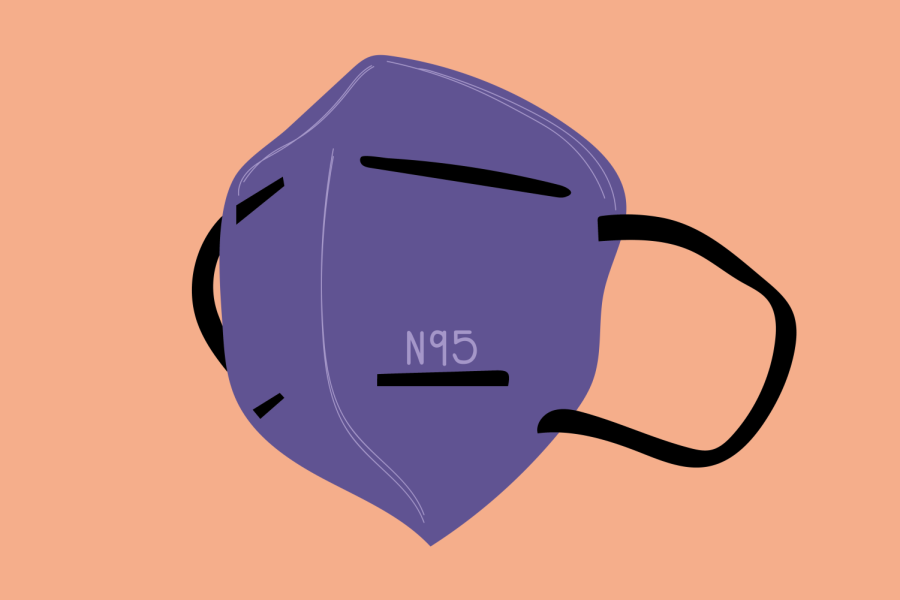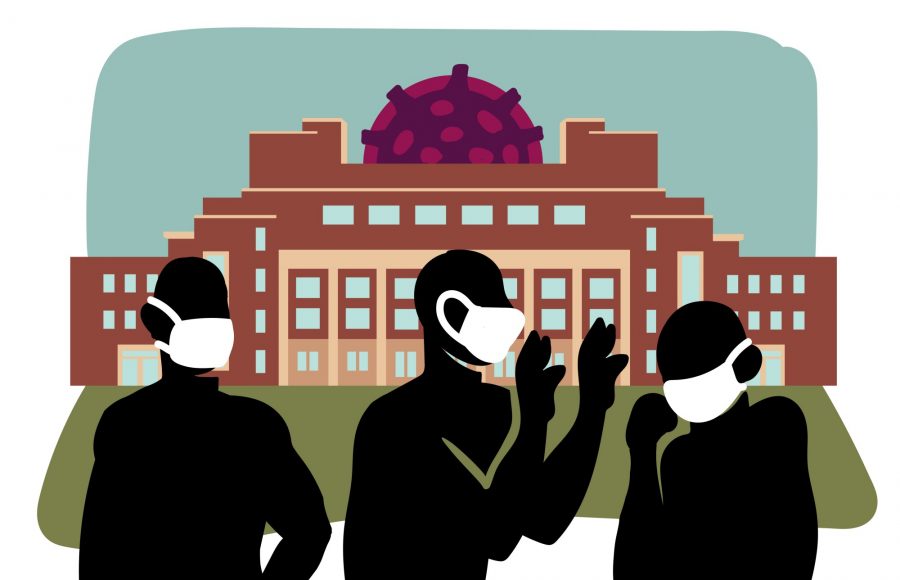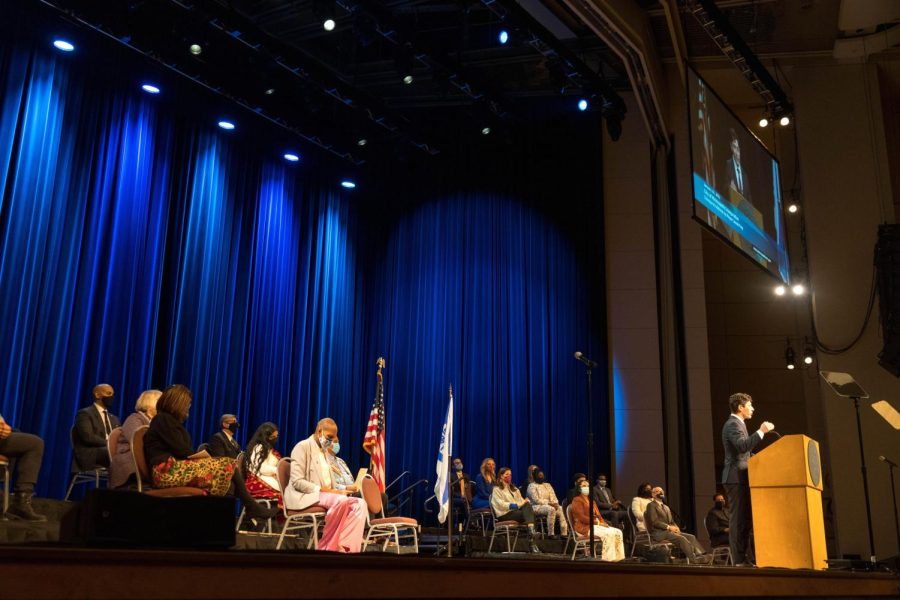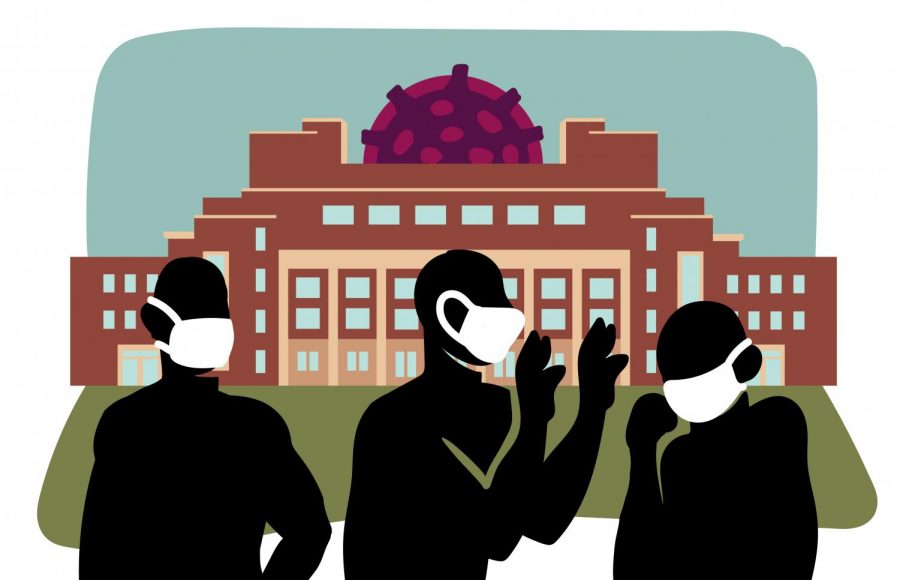Since the onset of the pandemic, Dinkytown’s University Inn has been one of the county’s safeguards against the pandemic for people experiencing homelessness. Hennepin County has used the building since March and purchased it in December. It has acted as a COVID-19 “medical respite,” which is a shelter for people experiencing homelessness who are too sick to live on the streets but not sick enough to be in the hospital.
Hennepin County COVID-19 respites are places designated specifically for people showing signs of COVID-19 or who have tested positive for the virus, said Christine Bridgeman, the program director at the COVID respites and Catholic Charities’ Higher Ground homeless shelter. In total, the county has around 100 rooms for isolation, with 44 available at the University Inn.
“Often, people do not test positive. So, we often have very short stays where people are just there for a day or two waiting on a test result,” said David Hewitt, director of Hennepin County’s Office to End Homelessness.
Before October, Hennepin County was pulling staff from other departments to fill in the gaps. The building is currently staffed by Health Care for the Homeless nurses and Catholic Charities workers, giving it a more stable and specialized team.
At the end of 2020, Hennepin County had budget money to spend and purchased University Inn.
“Those dollars were coming to an end at the end of the year and acquisition was one mechanism by which we could reduce the cost of continuing this vital service,” Hewitt said.
At the start of the pandemic, the county began advertising the COVID respites among the homeless population in order to reduce spread.
“There’s a triage line that is open to the general public but is particularly used by professionals working in the field and by homeless individuals themselves, and we put that [number] out to everybody,” Hewitt said.
Outreach workers hung posters in encampments and shelters, posted on social media and visited encampments to make sure people knew about they had a place to go if they tested positive for the virus.
Hewitt said the respite is a primary reason that there has not been a large COVID outbreak among people experiencing homelessness. The county has also regularly tested people experiencing homelessness for COVID-19.
“Since we started this back in March, we’ve had over 600 people stay in isolation, and a little over half have tested positive for COVID,” he said.
Between April and January, more than 900 shelter staff and people experiencing homelessness have tested positive for COVID-19 throughout the state, according to data from the Minnesota Interagency Council on Homelessness.
At the height of the pandemic in late November, most of the University Inn’s rooms were filled. Currently, there are typically less than 10 people staying at the respite at any given time, said Pa Xiong, a Healthcare for the Homeless supervising nurse who works in the building. She said she is happy to see numbers low but is unsure of when there will be another spike.
For the most part, Bridgeman said people experiencing homelessness have been incredibly receptive to this program.
“People are happy to be sheltered,” she said. “They appreciate that someone is taking care of them.”
Xiong said that a typical intake is either referred from another shelter or voluntarily admits themselves into the program. They then take a COVID test and wait 24 hours for their results.
If they test positive, those experiencing homelessness wait out their quarantine in a hotel room. If they test negative, the shelter staff sends them back to their encampment or a shelter to prevent them from getting COVID. Often, the team prescribes medications to people sick with other illnesses to help them recover, Xiong said.
“These patients, they go through so much,” Xiong said. “I love when I’m able to help them get through something.”


